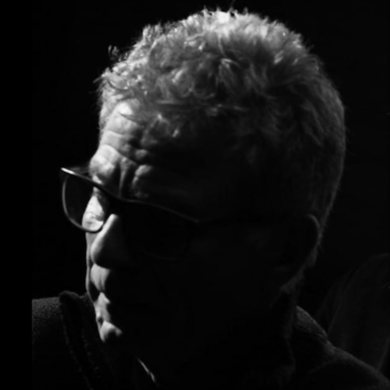Where The Jungle Meets the Sea...The World is Split in Two considers concepts surrounding ecological decline and the intrinsic human connection to plants. The footage was shot in Armila, Panama in June 2022. Emma Elliott and Susie Olczak spent time together researching and experiencing living with the Guna Yala people, a matriarchal autonomous Indigenous community. This jungle region, the Darien Gap is also one of the world's most dangerous migration routes consisting of miles of dense roadless rainforest, mountains, and swamps. Hundreds of migrants passing through the town every day have become part of the story.
This work considers the relationship between plants and people, unique cultural differences in contrast to commonalities and how globalisation can affect even the most isolated of communities. The two videos were edited by each artist in conversation with the other incorporating movement, dance, and sound recordings. Elliott's Where the Jungle meets the Sea and Olczak's The World Splits in Two form part of a new collaborative body of work called Reciprocity that celebrates connections between society and the non-human.
The two titles that form one sentence "Where the Jungle Meets The Sea...The World is Split in Two" reflects the unique location of Armila on the border of Colombia and Panama, and the idea that those building the Panama Canal were said to feel that they were splitting the world into two halves. This is a commentary on the Global North, South Divide and how climate issues exacerbate it. Throughout the videos, Olczak and Elliott address the struggles and fulfilment of collaborative practice and are situated in a tropical paradise but also in an unstable region in terms of political uncertainty, limited resources, and elemental forces. They do this using binding that both connects the two artists and limits them.
Working together to create a joint project highlighted how important it is to step back and work together collectively, as societies also must do to address climate change. Collective interest and cooperation were also crucial parts of life in the Guna culture. Materiality is another presiding theme. This work takes the viewer on an elemental journey from the earth; riverside clay to purify the skin, to water; the river connecting and flowing into the sea, to air; the rainforest planetary lungs and finally to fire; used to cook food and burn waste.
The residency was supported by La Wayaka Current, The University of Gloucestershire and The Eaton Fund.



